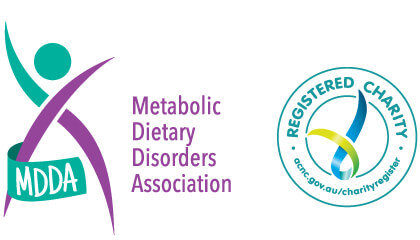Definition
Argininosuccinic Aciduria (ASA) is an autosomal recessive disorder. Argininosuccinic Aciduria is caused by alterations (mutations) in the ASL gene. Symptoms of argininosuccinic aciduria develop due to the near complete or partial lack of the enzyme argininosuccinate lyase. The ASL gene is responsible for regulating the production of this enzyme. Alterations in the ASL gene lead to low levels of functional argininosuccinate lyase, which is needed to break down nitrogen in the body. Failure to properly break down nitrogen leads to the abnormal accumulation of nitrogen, in the form of ammonia, in the blood (hyperammonemia).
Diagnosis of Argininosuccinic Aciduria
The condition is diagnosed during newborn screening via the heel prick test taken 48-72 hours after birth, additionally diagnosis can also be made when symptoms present.
Prevalence
1:70,000 to 1:218,000 estimated worldwide.
Treatment of ASA
The treatment of Argininosuccinic Aciduria is aimed at preventing excessive ammonia from being formed or from removing excessive ammonia during a hyperammonemic episode. A low protein, high calorie diet supplemented by essential amino acids, multiple vitamins and calcium supplements can also be used. Dietary restrictions are aiming at limiting the amount of protein intake to avoid the development of excess ammonia. Prompt treatment is necessary when individuals have extremely high ammonia levels (severe hyperammonemic episode). Prompt treatment can avoid hyperammonemic coma and associated neurological symptoms. However, in some cases, especially those with complete enzyme deficiency, prompt treatment will not prevent recurrent episodes of hyperammonemia and the potential development of serious complications.
